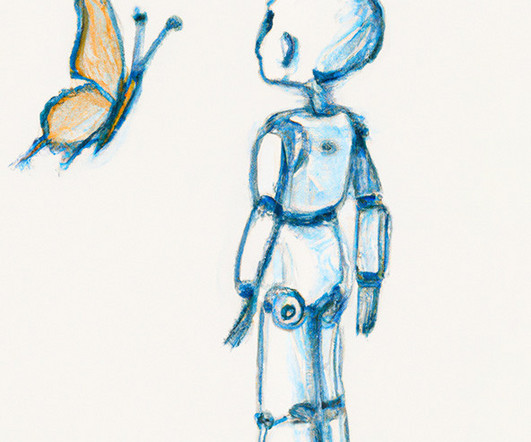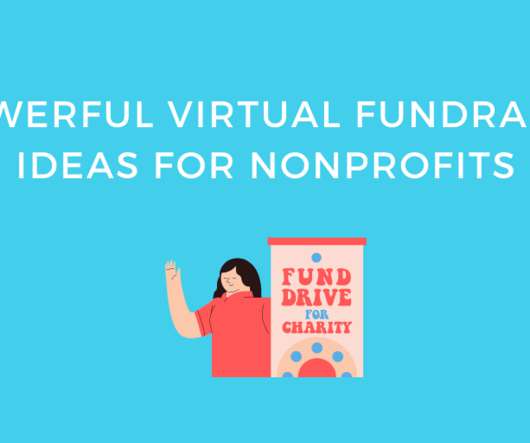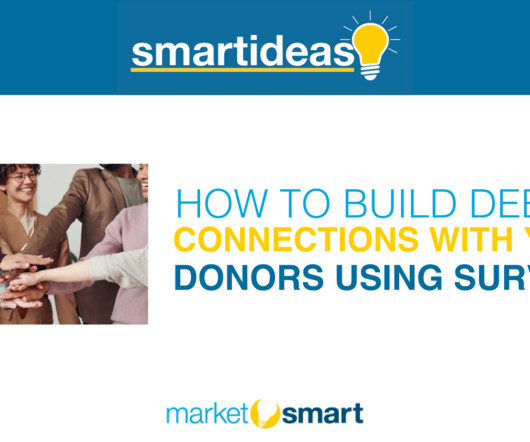Segregation Helped Build Fortunes. What Does Philanthropy Owe Now?
Stanford Social Innovation Review
JANUARY 30, 2024
By Claire Dunning In early 1926, Cafritz Construction placed an advertisement in The Washington Post celebrating the speed with which their “Life-time Homes” were selling in the Petworth neighborhood of Washington, DC. This particular advertisement included a list of reasons why Cafritz homes were so popular.















Let's personalize your content